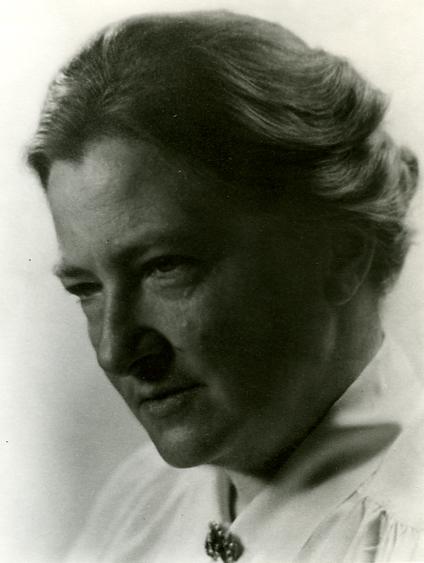
Even among the many significant medical women who worked at the Columbia-Presbyterian Medical Center in the mid-20th century, Dr. Dorothy H. Andersen stands out. Her 1938 article “Cystic Fibrosis of the Pancreas and its Relation to Celiac Disease” in the American Journal of Diseases of Children was the first to correctly identify the disease. During her lifetime, Andersen became the country’s leading cystic fibrosis researcher and, along with her colleague Paul Sant’ di Agnese (P&S 1948), she later created the first tests to diagnose the disease.
Andersen was born in 1901 in Asheville, N.C. but after her Danish-born father died in 1914 the family moved to Vermont and she always thought of herself as a New Englander. After receiving her undergraduate degree from Mount Holyoke College in 1922, Andersen entered Johns Hopkins Medical School where she was greatly influenced by Dr. Florence R. Sabin, the school’s professor of anatomy. Following her graduation from Hopkins in 1926, Andersen went to the University of Rochester where she was assistant in anatomy to Dr. George Washington Corner for a year before undertaking a surgical internship in 1927-28.
After a year abroad to recover from an illness, Andersen joined Babies Hospital (now Children’s Hospital) at the recently-opened Columbia-Presbyterian Medical Center in 1929 as an instructor in pathology. She steadily climbed the professorial ranks becoming professor of pathology and pathologist to Babies Hospital in 1958.
Besides her path-breaking work in cystic fibrosis, Andersen did important work on congenital cardiac malformations and glycogen storage. Her cardiac work, begun as a purely scientific venture, later proved to be of vital importance in the development of open heart surgery at the Medical Center.
Andersen's achievements were widely recognized. She received many awards, including the Mead Johnson Award for Pediatric Research (1938), the Borden Award for Research in Nutrition (1948), the Elizabeth Blackwell Award (1954), the Great Heart Award of the Variety Club of Philadelphia (1963), and the Distinguished Service Medal of the Columbia-Presbyterian Medical Center (1963, posthumously).
Andersen's leisure time was spent at her cabin in New Jersey’s Kittitinny Mountains where she became an expert carpenter, stone mason, and cabinetmaker and became known for “wielding an axe or scythe with professional proficiency.” Her annual Christmas season glüg parties at Babies Hospital were long-remembered by staff and students.
A chronic heavy smoker – one colleague wrote that cigarette ash “became…part of her costume” – Dorothy Andersen died of lung cancer on March 3, 1963.